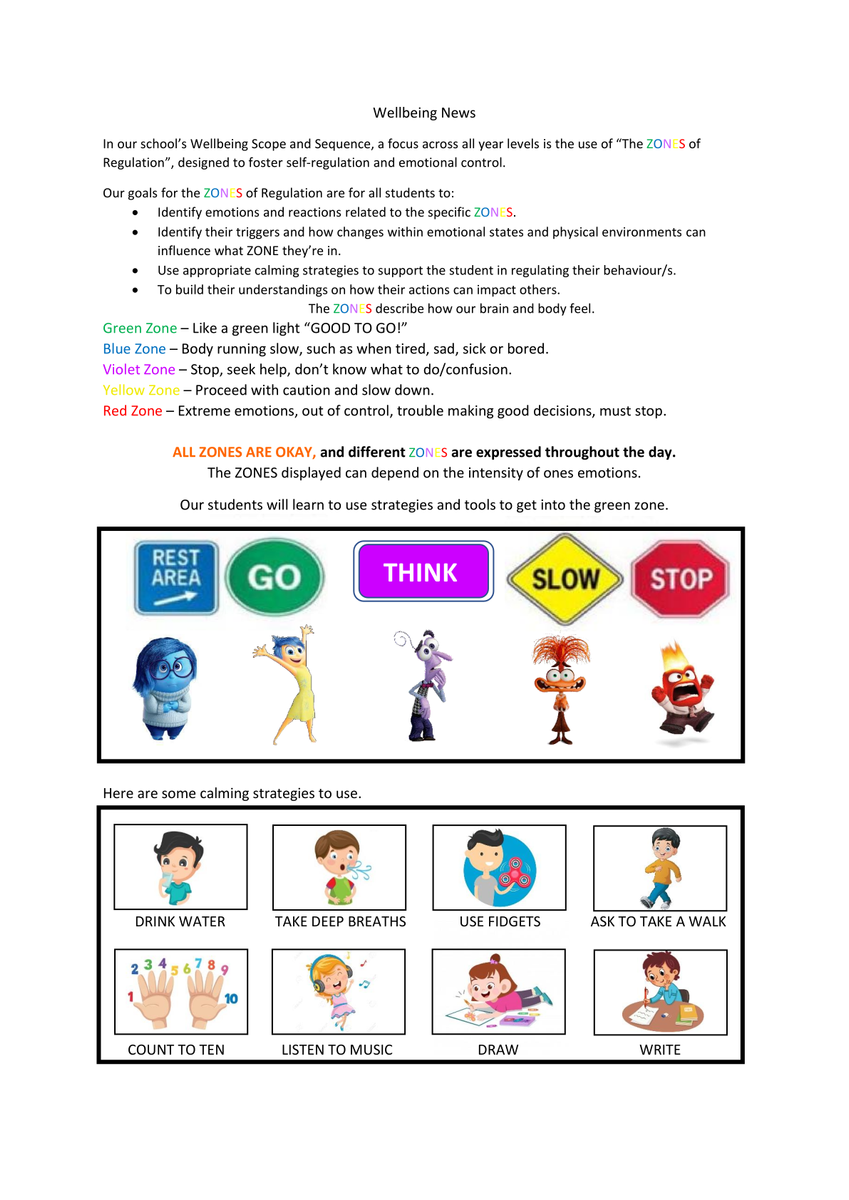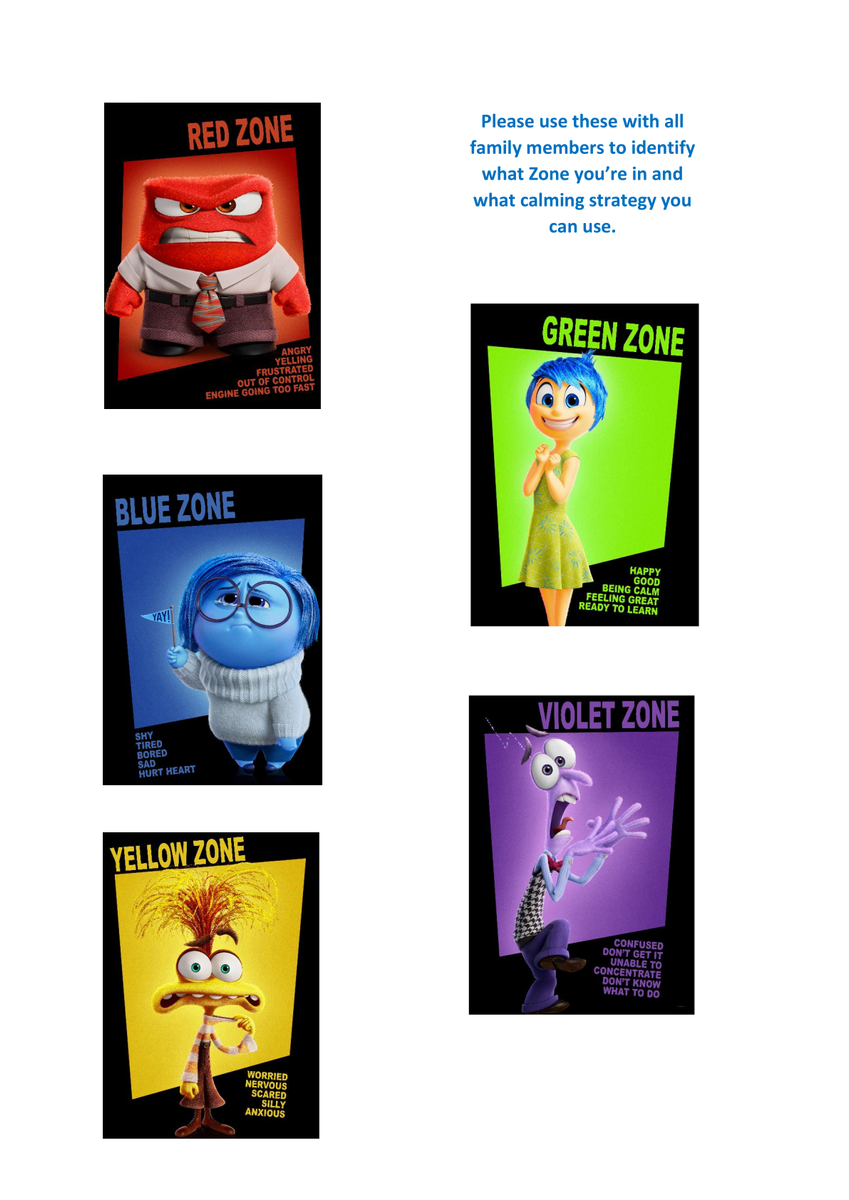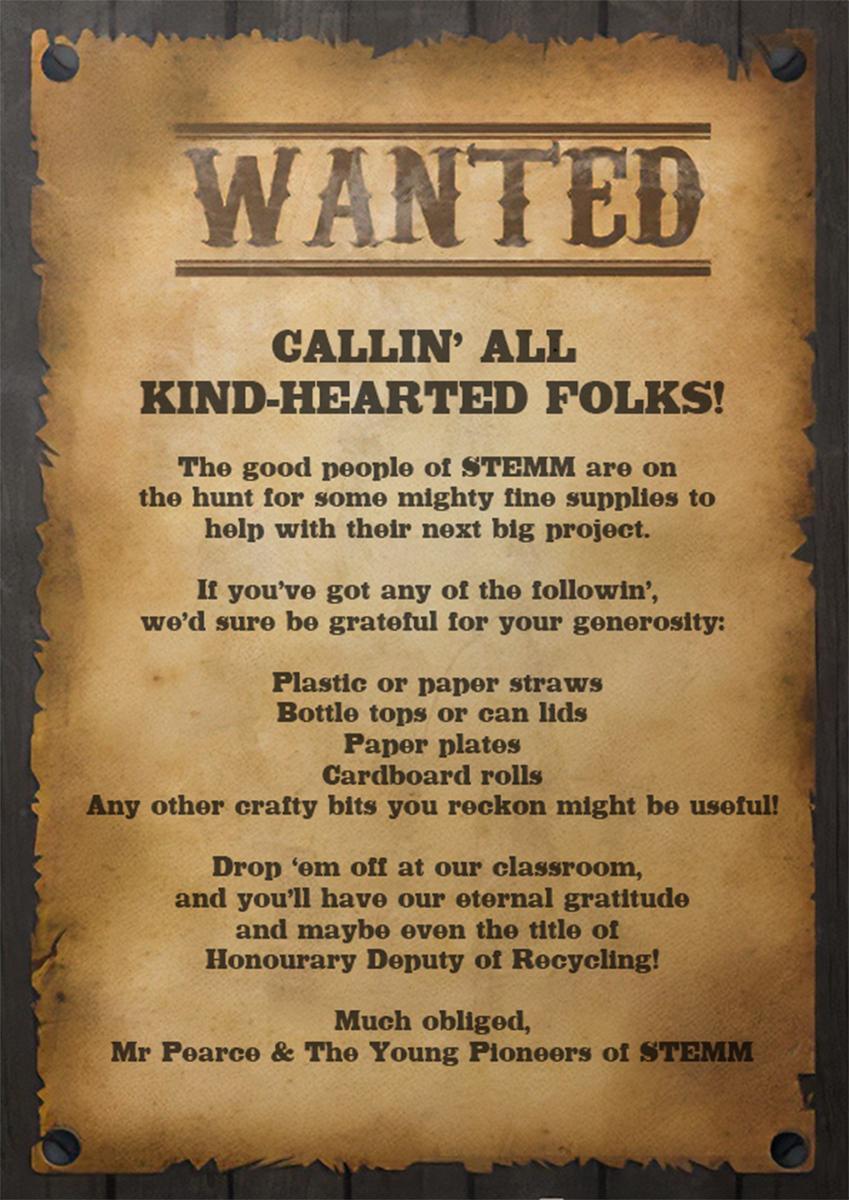Curriculum Update
Curriculum Areas & People Spotlight

Curriculum Update
Curriculum Areas & People Spotlight
Can you believe our Preps have almost finished their first month of school?
It has been a pleasure to welcome the youngest and newest members of the WNPS community into our school over the past month. Our Prep cohort has had an absolutely wonderful start to their schooling. It all kicked off with the Prep Playdate on the night before school, where there was lots of excitement as students reconnected with their kinder peers and explored the playground.
Week One provided more opportunities for friendships, laughter and play. Students spent time getting to know their classmates and teachers, learning about our school values and practising those all-important school skills.
We hit the ground running in Week 2 and haven’t stopped since! Our focus has been on developing their early literacy and numeracy skills. Check out some of the words our preps are already reading and writing! Students have tackled a wide range of learning tasks that have required them to be confident and give learning their best effort. If you’re walking past the JLC, you’ll see snippets of the amazing work being produced in windows and we always welcome the community in to explore the classrooms further.
Our Preps have now met all of their specialist teachers and are keenly participating in their specialist sessions. It has been exciting to hear students greeting each other in Japanese and seeing students’ first creations from the art room. Check out some of their Pete Cromer inspired artwork below. Families can engage with the WNPS Art Room through the Instagram handle @willynorthps.artroom
Without question, the highlight of the Prep's first month of school has been connecting with the Year Six buddies. It was hard to know who was more excited. As our Preps begin attending school full time next week, regular buddy sessions will take place every Wednesday.
Finally, we want to congratulate our Prep families on their transition to school! We’ve really enjoyed getting to know you, and look forward to working closely with the Foundation community throughout the year!



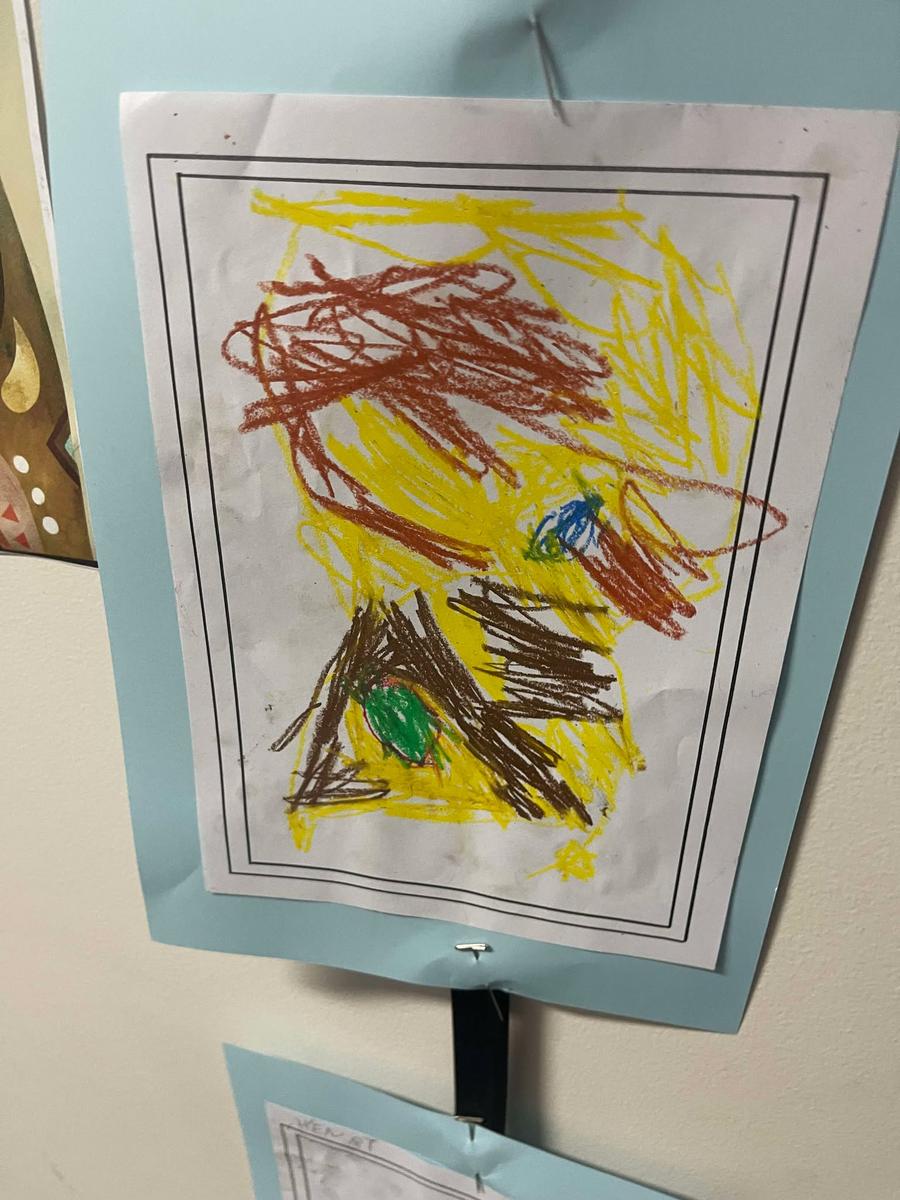

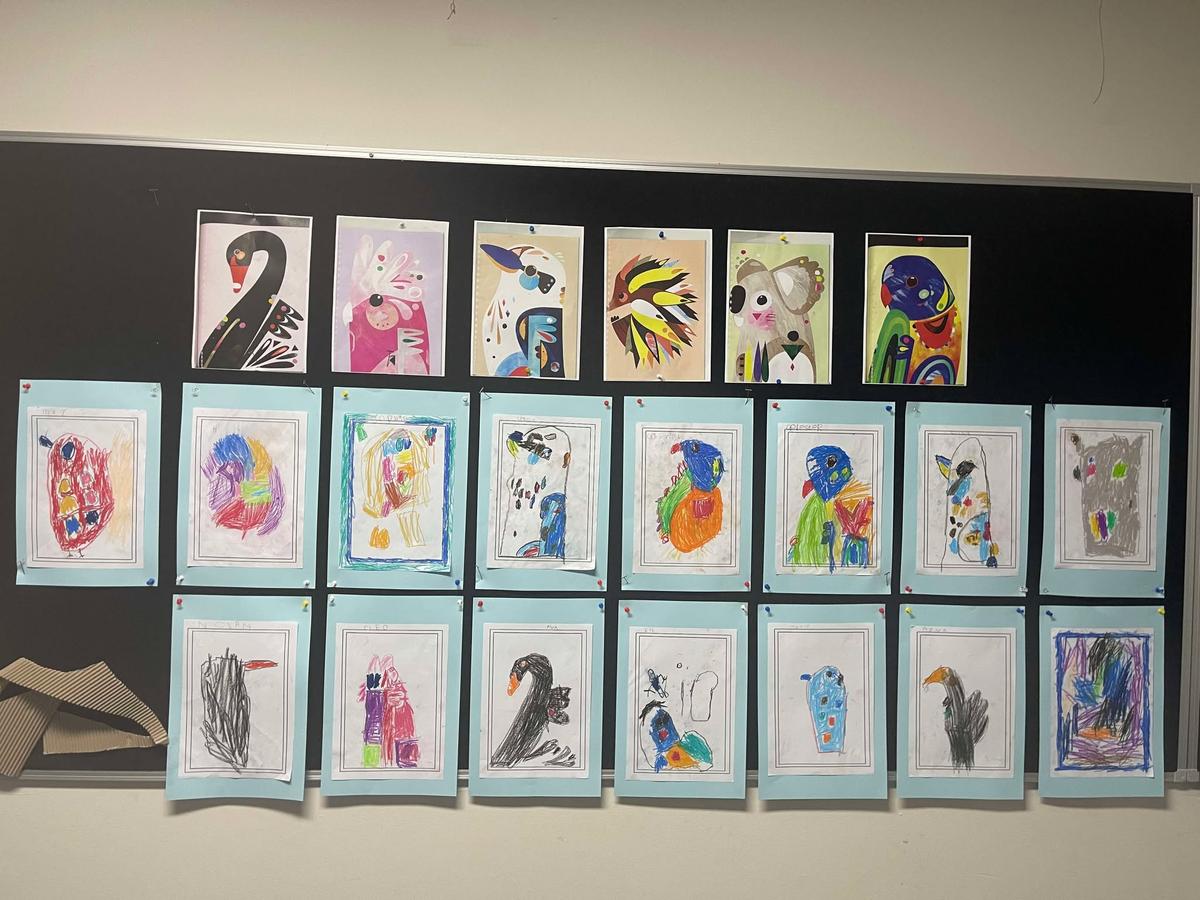

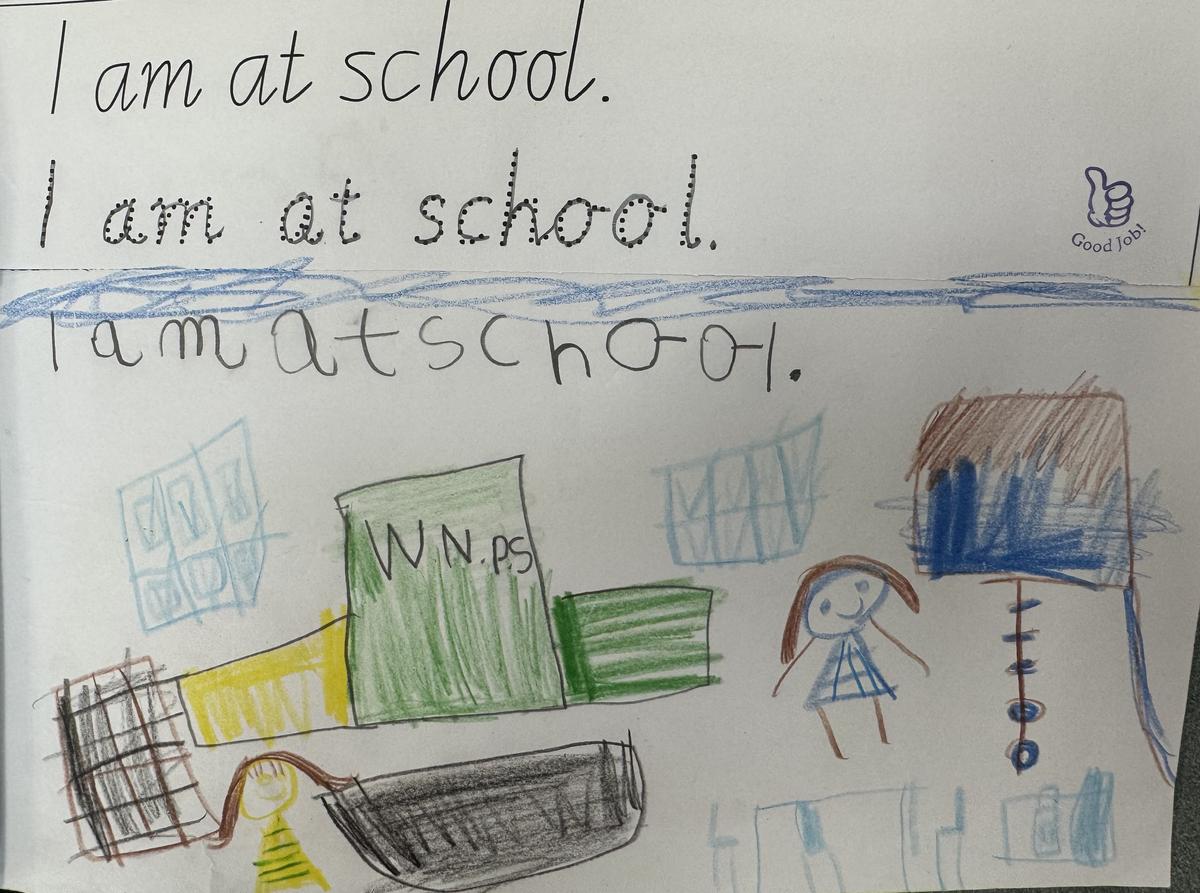












Hannah, Zach, Irini, Neilma and Kaitlyn
Prep Team
What an incredible start to the school year it has been for our 1/2 learners! From the very first day, our classrooms have been buzzing with curiosity, excitement, and a love of learning. It has been wonderful to see students settling into routines, forming new friendships, and embracing challenges with enthusiasm.
In just a few short weeks, we have already witnessed amazing growth—whether it’s through engaging in literacy tasks, completing author study, maths investigations, problem-solving activities, or showcasing their growth mindset. Students have been showing resilience, kindness, and our school value of respect, making our learning spaces feel warm and welcoming for all.
We have started the year by exploring the power of a growth mindset—understanding the power of ‘yet’, and that mistakes are not something to fear, but something to celebrate! We’ve been learning that challenges help our brains grow, and when something feels tricky, it means we’re on the right track. A big part of this has been diving into the Learning Pit—a way to show that when learning gets tough, we might feel stuck or frustrated. With perseverance, strategies, and a positive mindset, we can climb out feeling better than we did before! We’ve also been discussing the difference between a fixed mindset (‘I can’t do it’ or ‘this is too hard’) and a growth mindset (‘I can’t do it… yet!’), helping students see that their abilities are not fixed, but can improve with effort and practice. Students have embraced challenges, supported each other, and recognised that a mistake can be beautiful!
In Literacy, our Sounds-Write phonics program is well underway, with students currently exploring long vowel sounds. Students are building their ability to read and spell polysyllabic words and are being supported to read fluently through the use of decodable texts and fluency pairs. We have also been exploring the way an author makes sentences cohesive, and engaging through the use of adjectives, vivid verbs, and sentence expansion techniques. We are enjoying our shared class novels, which have been an inspiration for our writing tasks. Check out some of the great work in the pictures!
In Numeracy, we have had a strong focus on patterns and counting. Students have developed their ability to recognise the rule in a pattern, and how to use this to continue a counting pattern, as well as find missing numbers in a sequence. Our Year 1s have also been exploring different types of patterns as they create, copy and expand patterns using objects, numbers and shapes. We have also focused on developing students’ counting fluency, with them practising how to skip count both forwards and backwards!
Finally, we are diving into our Shared Inquiry on health and wellbeing, where students will explore the many ways we can keep both our minds and bodies healthy. This learning connects perfectly with our upcoming swim program, beginning in Week 7, where students will develop essential water safety skills while staying active. We are excited about this opportunity, and deeply appreciate the support from our wonderful families who have volunteered to assist—your help makes all the difference!
A big thank you to families for all of your support, and helping to facilitate such a wonderful start to the year, and for those who were able to attend on Monday evening. Keep looking out for weekly highlights in our class updates!


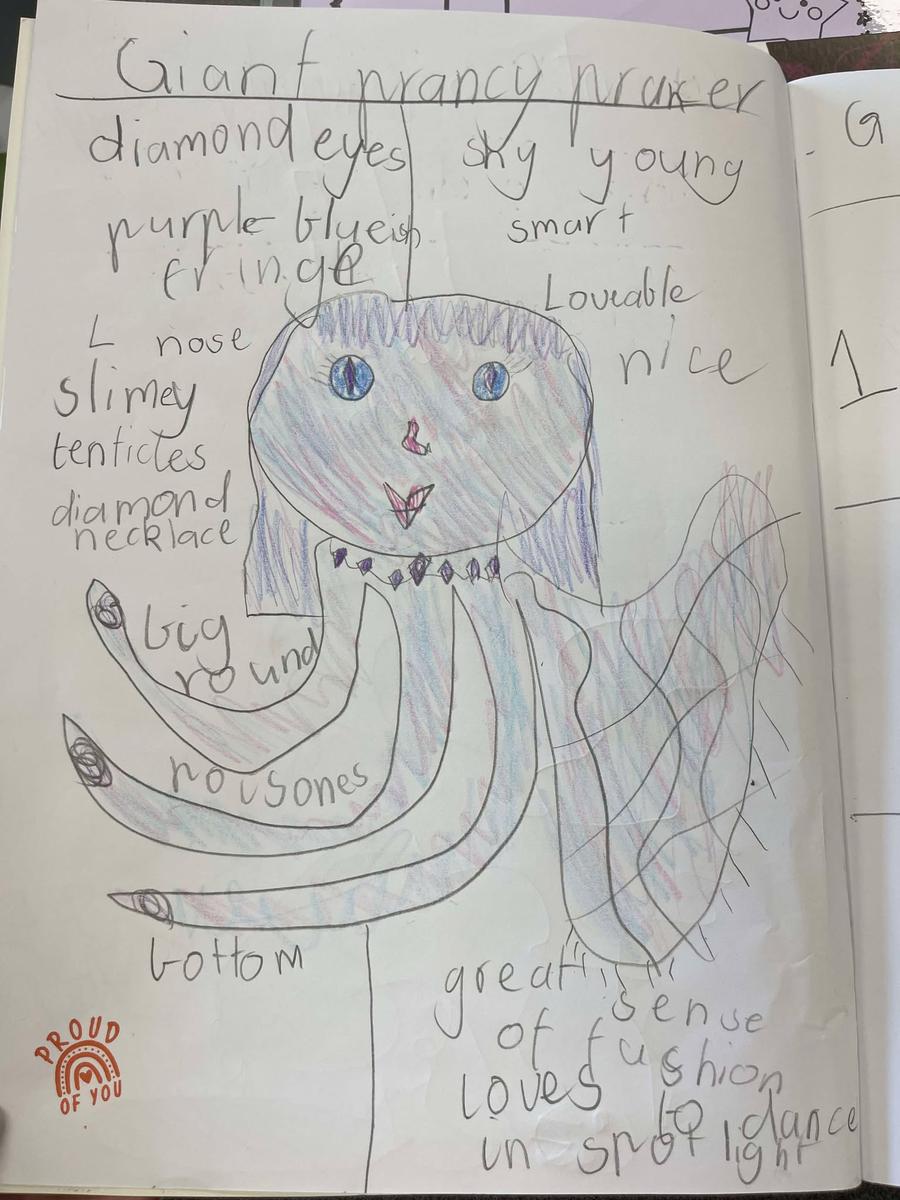
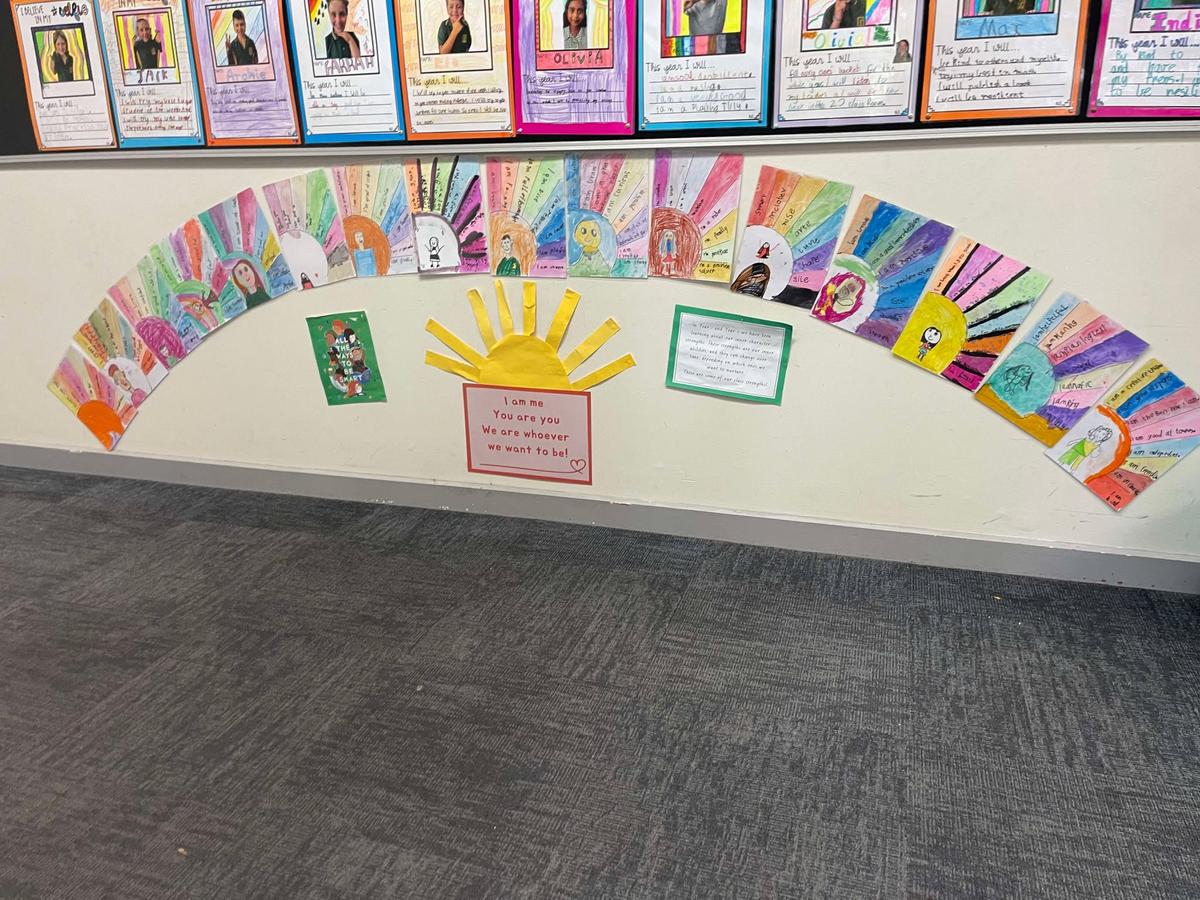

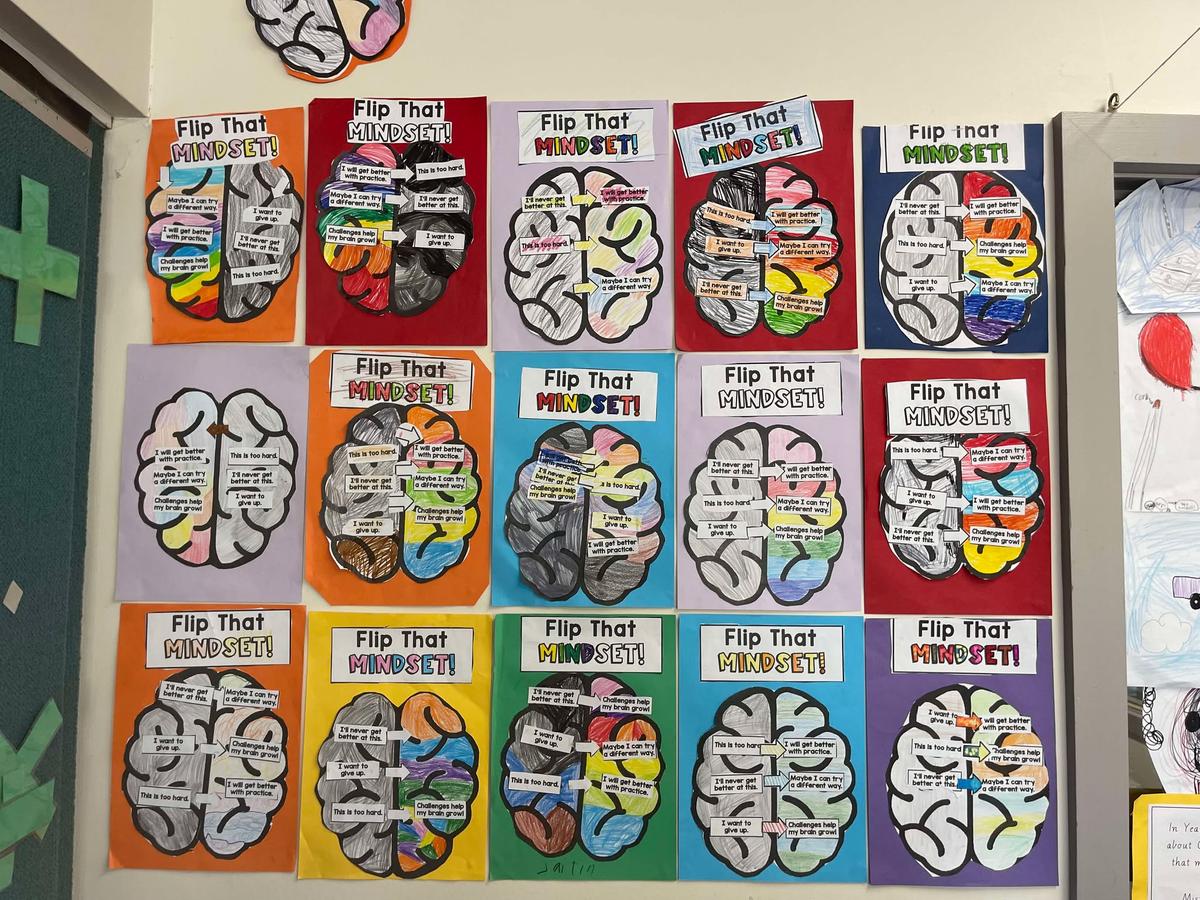

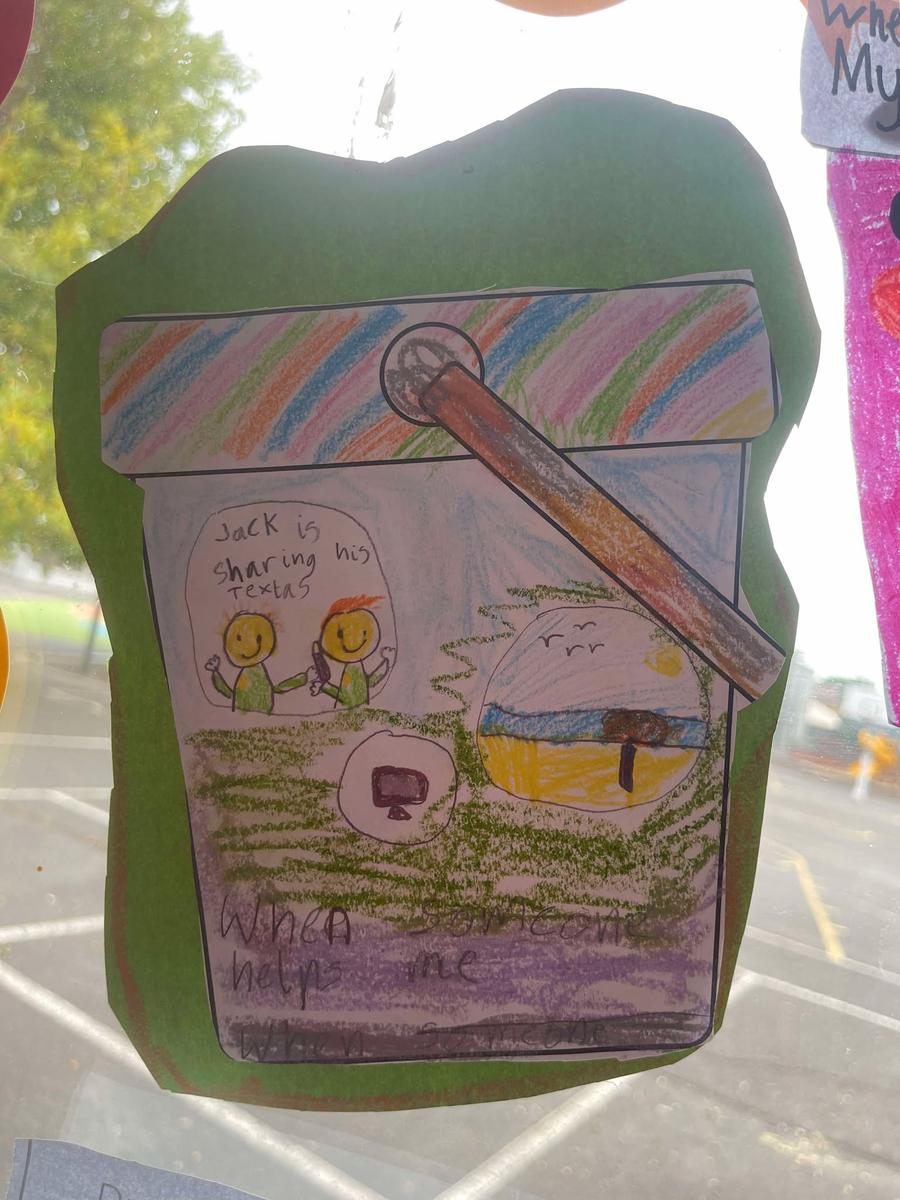
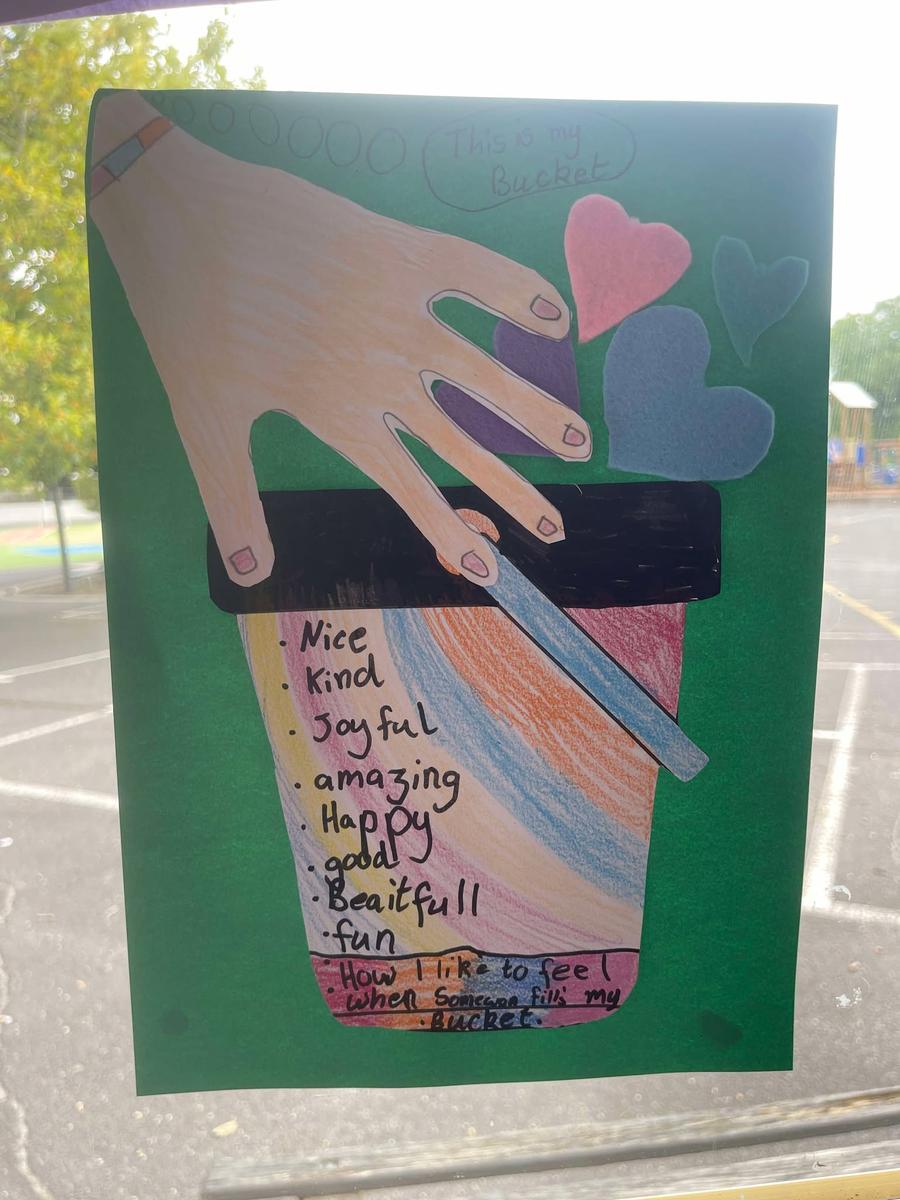
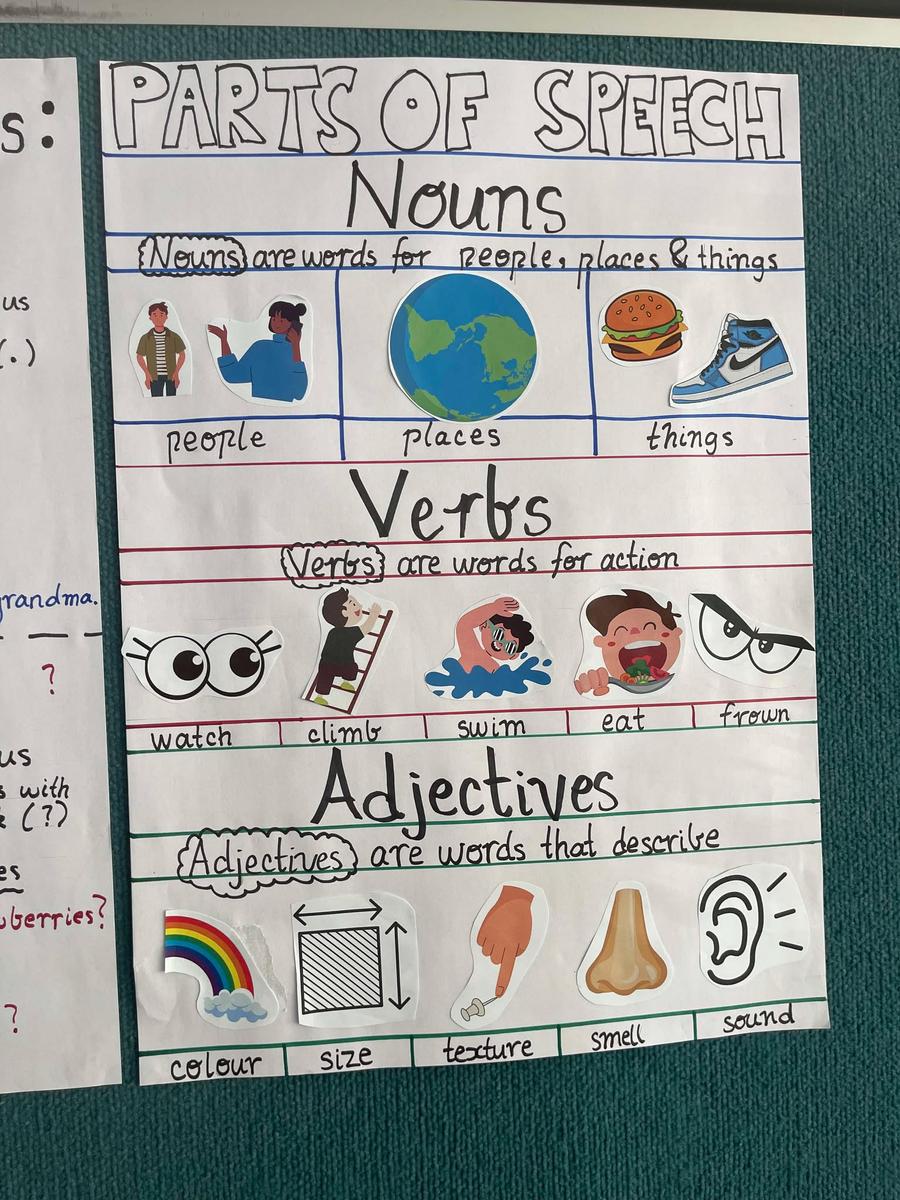


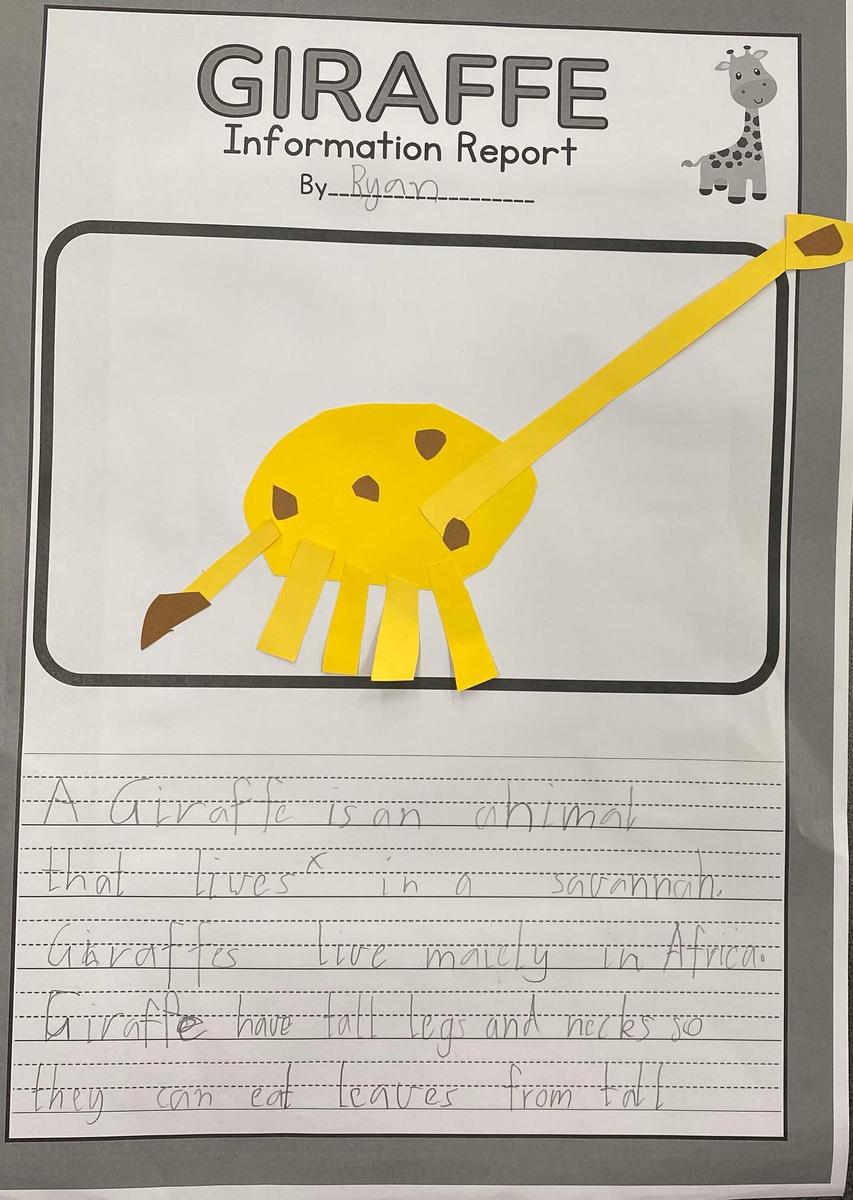
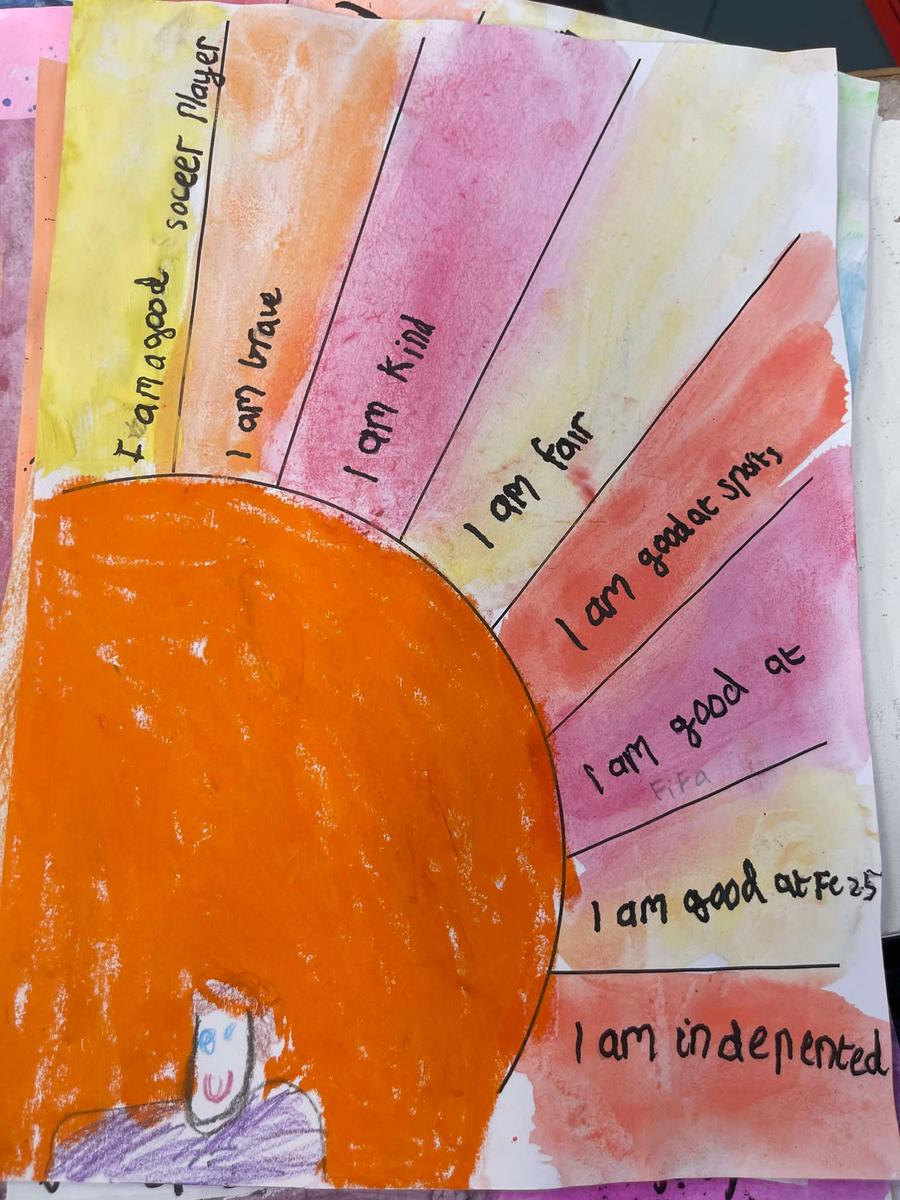
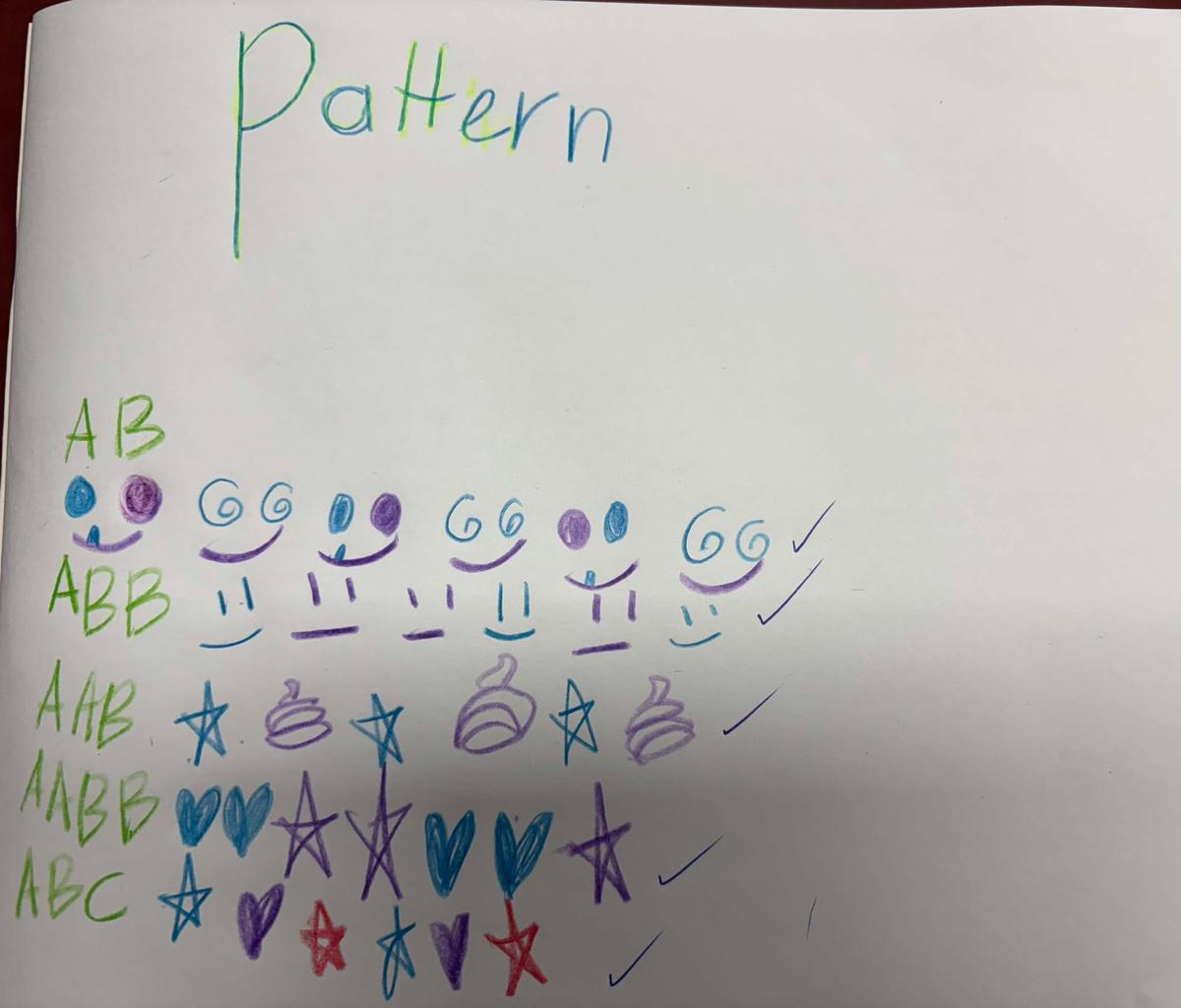
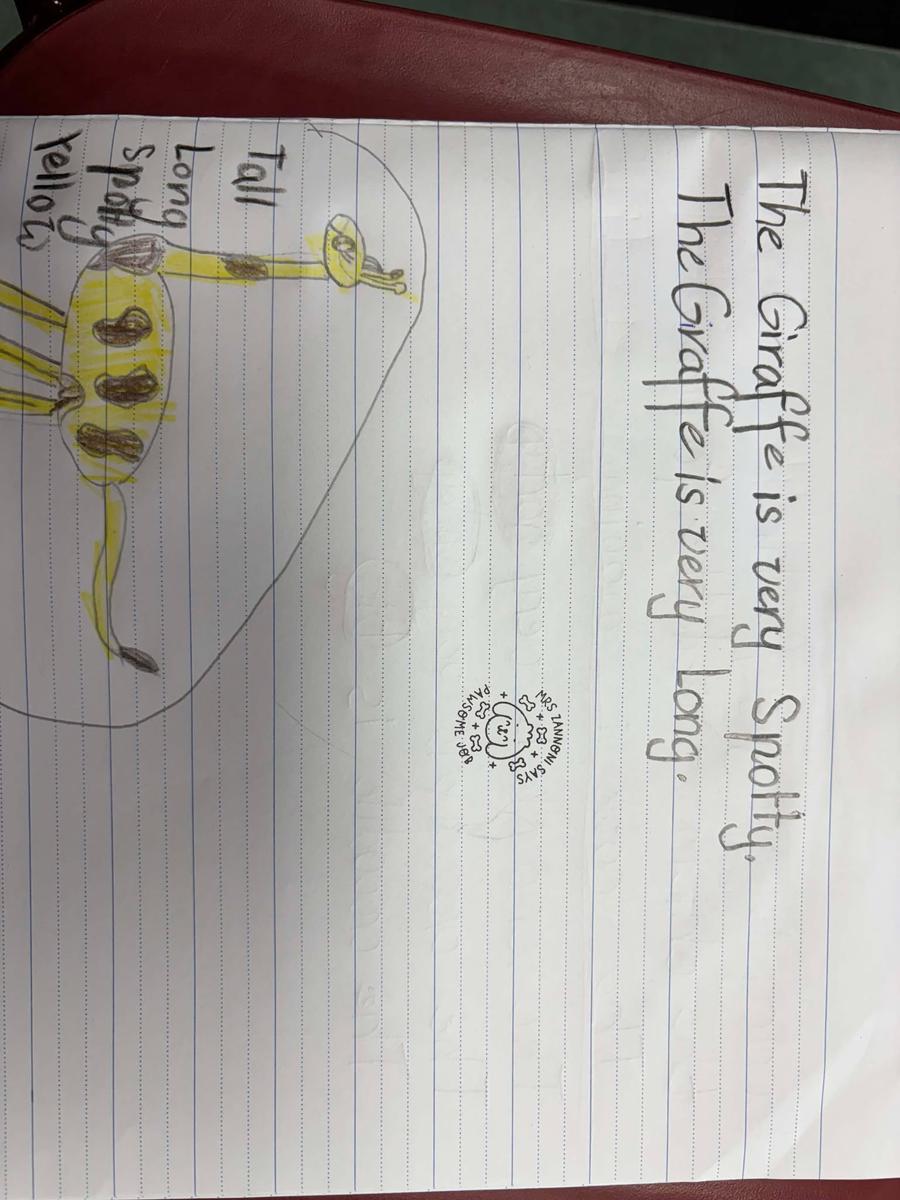
















Kaitlyn Hayes
Acting Learning Specialist, P-2
Practice in reading aloud is very important for literacy development. Reading with a parent or carer is a great opportunity to do this, and we’ve provided some information to support families.
The ‘Pause, Prompt, Praise’ method is research-based and effective. When your child is a beginning reader and has difficulty reading a word, the following has been shown to be the best way to help them:
1. PAUSE for around 3-5 seconds—this is important because children can often work it out if given the time. They read more slowly than we do and need time to think. If we jump in too quickly, not only do we make them reliant on us to help them, but we undermine their self-confidence.
2. PROMPT—if the child cannot read the word, we can offer them a phonics prompt.
a. The first prompt should be a phonic prompt: “Can you say the sounds to read the word?’
b. If they still can’t get it, sound the word for them with a slight pause between each sound (e.g., f...r…o…g). Encourage your child to say the sounds and then blend all the way through the word.
c. You could also identify the first sound and encourage them to sound out the rest or break the word into its syllables.
d. If they still have difficulty, tell them the word—and move on.
3. PRAISE is an important part of reading. Give specific praise when your child has corrected an error or read the word correctly after a prompt. Praise should be specific, e.g., “You figured that out by yourself” or “You did a great job blending those sounds together to read the word. ”
For older students who might misread a word and continue, wait until they get to the end of the sentence before stopping them. Sometimes the reader will realise their mistake because it doesn’t make sense—and then self-correct—but they often need to get to the end of the sentence to realise this. We want readers to be able to read for meaning, and it’s an important skill for them to develop. If we immediately stop and correct them, we undermine the development of this process.
1. If they read on into the next sentence, you may then want to ask them: “Did that make sense?”
2. If they think it made sense, then ask them to read the sentence again. Sometimes they will read it correctly because they read more carefully the second time.
3. If they have misread a word for the second time, go back to the word and ask them to have a closer look at it. If they recognise their mistake, ask them to read the sentence again with the correct word.
4. If they cannot read the word, help them to break it up using the strategies above.
5. If they still have trouble, provide the word and move on—but make a note of the word and have a look at it later on. Talk about the meaning of the word, perhaps it’s a new word for them, there’s an unfamiliar part of the word, or they don’t know how to pronounce it.
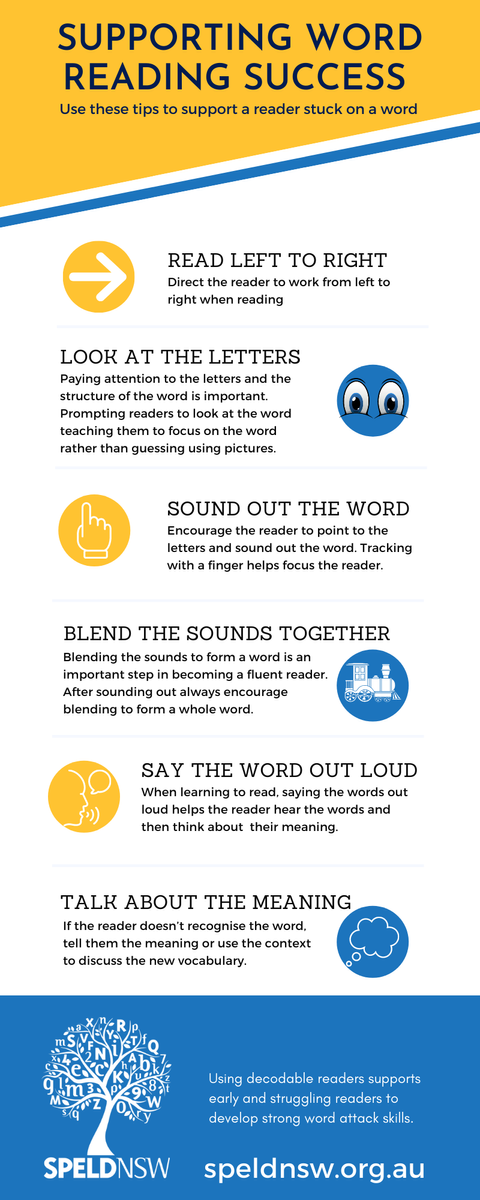





Kaitlyn Hayes
Literacy Leader, P-6
